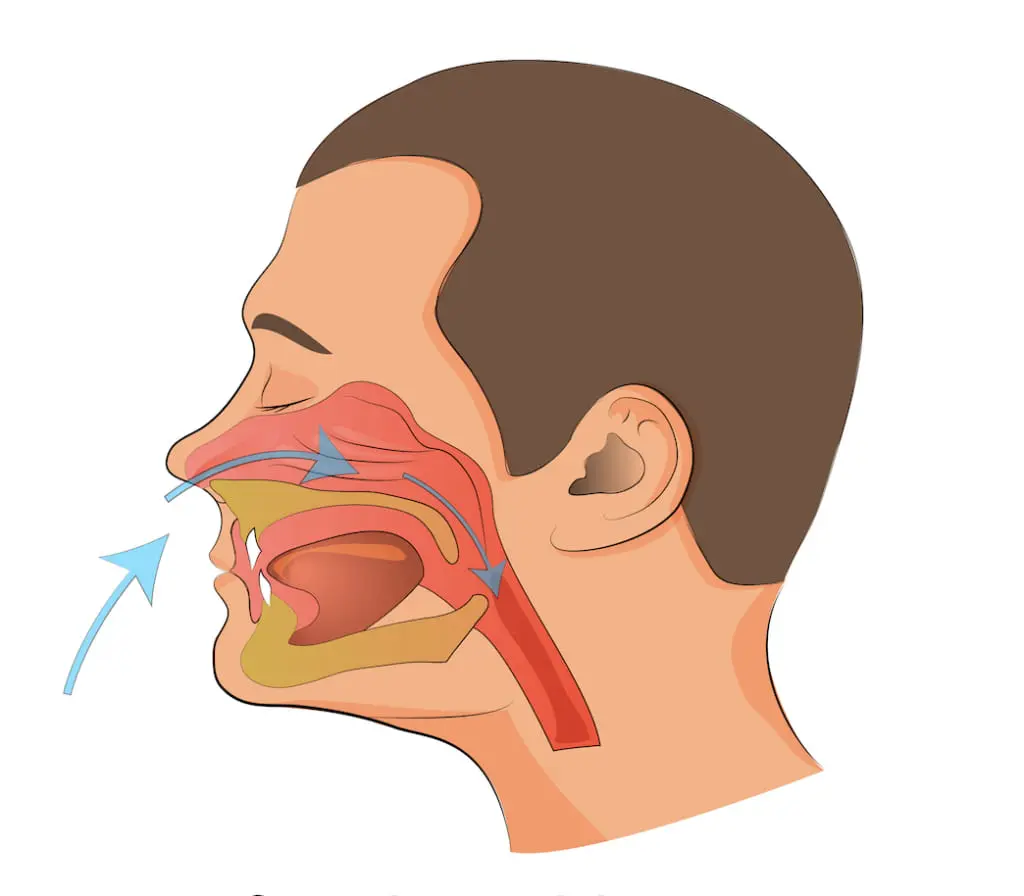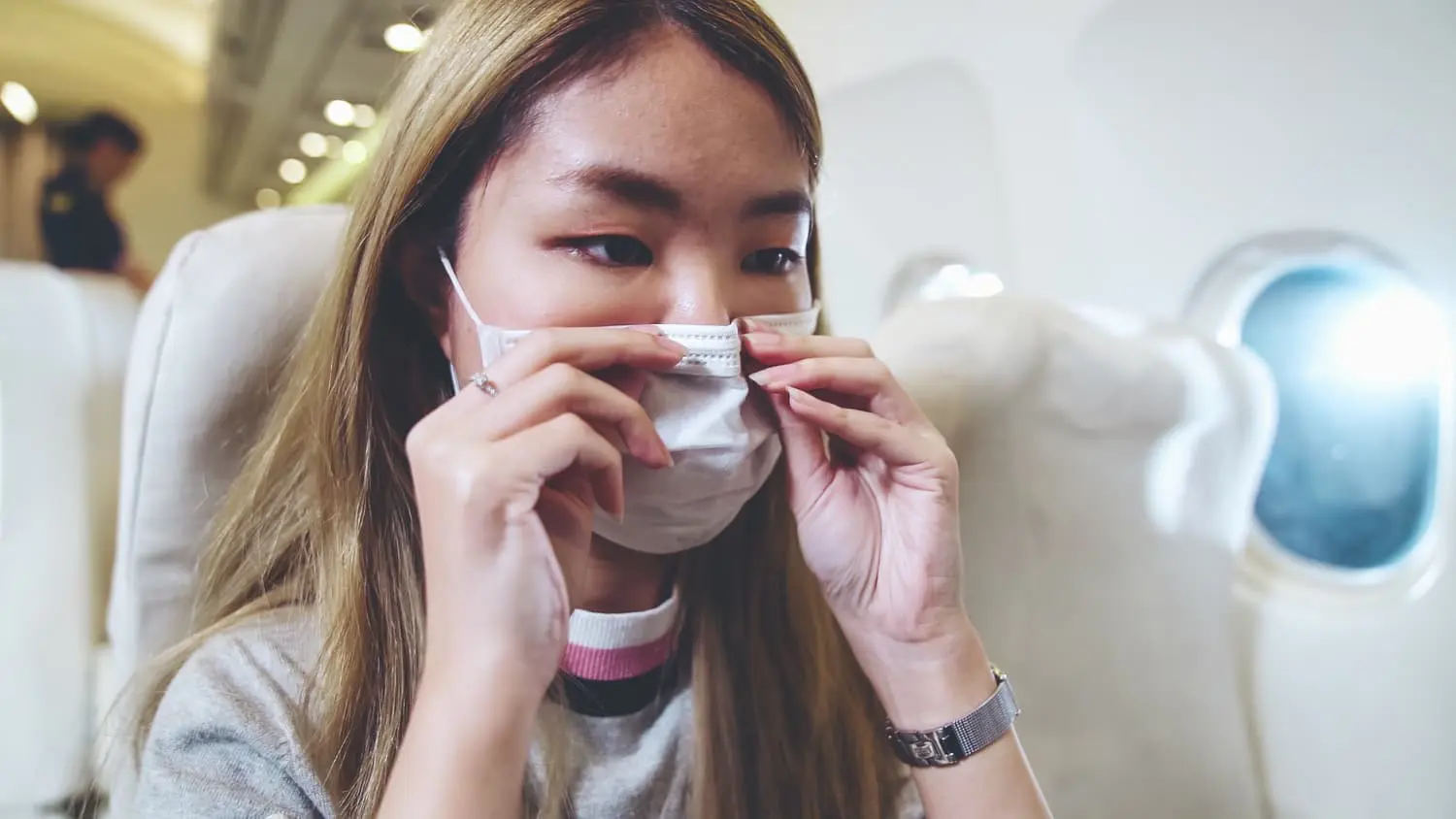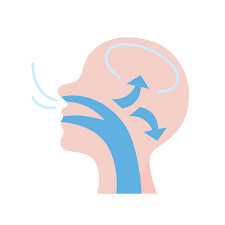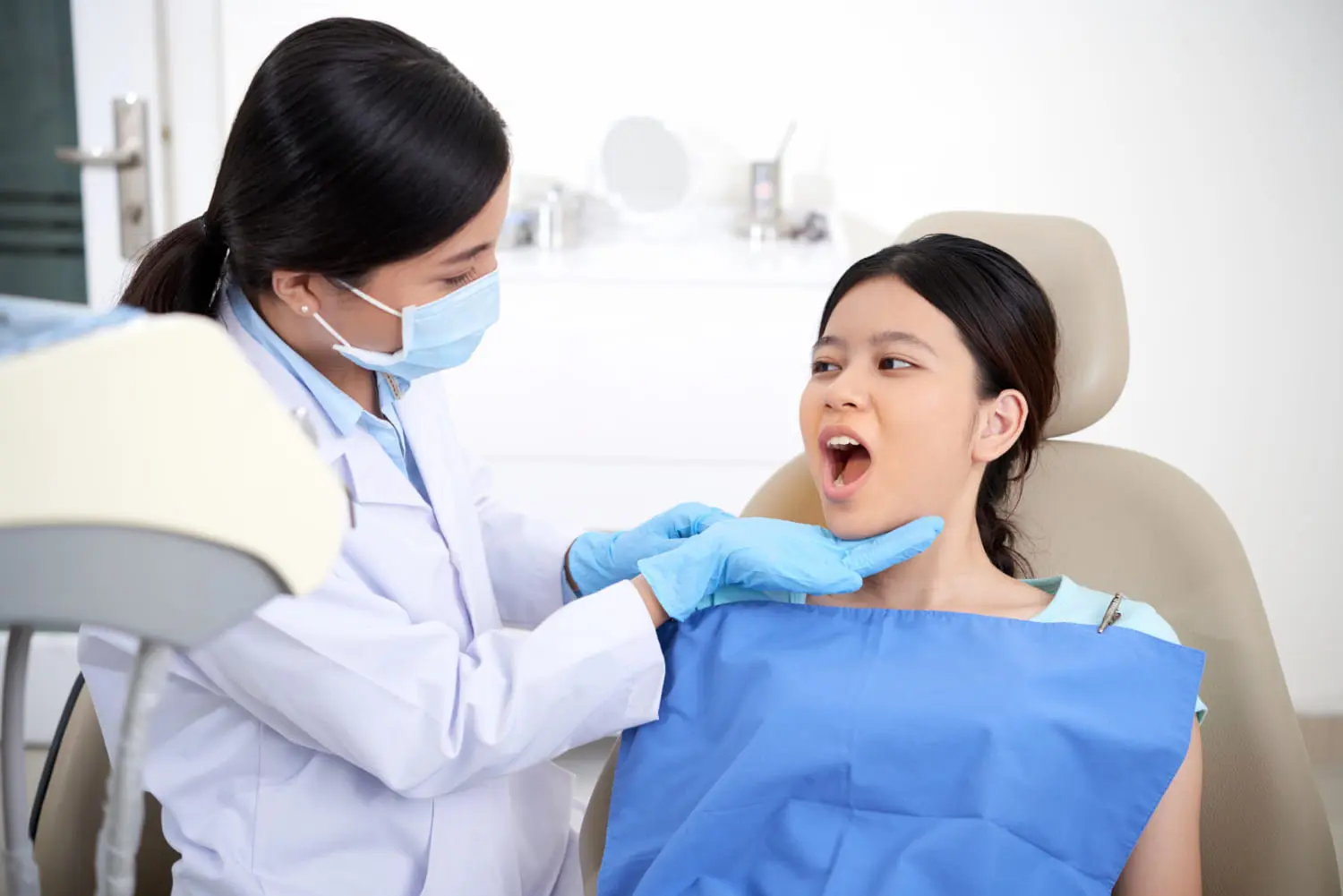
Mouth Breather: Causes & Treatment Options in Austin TX

Causes and Effects of Mouth Breathing

Causes of mouth breathing
Several factors contribute to mouth breathing. These include seasonal allergies (particularly cedar fever), chronic nasal congestion, enlarged tonsils, and sleep apnea. Some residents often experience heightened symptoms due to our region’s specific environmental conditions and allergens

Mouth breathing affects overall health
Our respiratory health is particularly vulnerable to the effects of mouth breathing. Without proper nasal filtration, some residents may experience increased susceptibility to respiratory infections, reduced oxygen absorption, and compromised breathing efficiency. This is especially concerning given our city’s varying air quality throughout the year.

Relationship between mouth breathing and dry mouth
Warm climate can exacerbate the effects of mouth breathing on oral moisture levels. We frequently see patients struggling with xerostomia (dry mouth), which can lead to various oral health complications if left untreated.

Connection between mouth breathing and sleep apnea
Mouth breathing and sleep apnea often occur together, creating a cycle that negatively impacts sleep quality and everyday functioning. Many individuals notice improvements in their sleep after addressing mouth breathing, highlighting the importance of recognizing and treating both issues for better overall health and wellbeing.

Effects of mouth breathing on brain function and cognitive abilities (brain fog)
Breathing through the mouth may result in cognitive difficulties, with numerous people experiencing symptoms like diminished focus and mental fatigue. These challenges can negatively impact everyday activities, underscoring the importance of resolving mouth breathing to enhance cognitive abilities and overall well-being.

Impact of mouth breathing on oral health and bad breath
At our practice, we often see patients whose mouth breathing has contributed to dental problems and halitosis. The reduced saliva production creates an environment where harmful bacteria thrive, potentially leading to tooth decay and gum disease.
Health Risks Associated with Mouth Breathing
Mouth breathing, in both adults and children, can lead to an increased risk of respiratory infections such as sinus infections, colds, and the flu. This is due to the fact that mouth breathing bypasses the nasal cavity’s natural filtration system, allowing pathogens to enter the lungs more easily. Furthermore, habitual mouth breathing can lead to nasal congestion and blockage, which in turn exacerbates the issue by making nasal breathing more difficult.
The relationship between mouth breathing and lung health is thus a concerning one, as it can contribute to respiratory problems over time. In young children, the complications of mouth breathing can be particularly severe. Chronic mouth breathing in children can lead to abnormal facial and dental development, poor sleep quality, and behavioral issues, emphasizing the importance of addressing this habit early on.
Diagnosis and Treatment
At Best Orthodontics, we employs advanced diagnostic techniques to identify mouth breathing patterns and their underlying causes. We develop personalized treatment plans that may include orthodontic interventions, breathing exercises, and coordination with local specialists when necessary.
Prevention and Management
Breathing exercises and techniques to enhance nasal breathing in children can be supported through various preventive and management approaches. First, lifestyle adjustments like a balanced diet, staying well-hydrated, and engaging in regular physical activity can help minimize nasal congestion and encourage nasal breathing. Second, specific breathing techniques can be implemented to improve breathing patterns.
These might include diaphragmatic breathing, which promotes deep, efficient breaths using the diaphragm instead of shallow chest breathing, and simple exercises to help clear nasal passages. Educating children on the importance of nasal breathing for their overall health and creating awareness about good breathing habits can also be highly beneficial. By combining lifestyle changes with targeted breathing exercises, a comprehensive approach can help promote and sustain nasal breathing habits in children.

Improving Your Breathing and Health with Airway Orthodontics
We utilizes state-of-the-art 3D imaging technology at our facility to analyze airway structures and develop comprehensive treatment plans. This advanced approach allows us to address both breathing issues and orthodontic concerns simultaneously, providing optimal results for our patients.

FAQ
Does mouth breathing affect facial development?
Yes, especially in growing children. At our practice, we has documented how chronic mouth breathing can influence facial growth patterns, potentially leading to elongated facial features and dental misalignment. Early intervention can help prevent these developmental issues and ensure proper facial growth.
What are the most effective treatments for mouth breathing?
We offer comprehensive treatment approaches tailored to each patient’s needs. We may recommend a combination of orthodontic appliances, breathing exercises, and lifestyle modifications. Our treatment plans consider Austin’s unique environmental factors and are designed to provide long-lasting results for our local patients.
Does having an overbite mean I’m a mouth breather?
Not necessarily. While an overbite can sometimes contribute to mouth breathing, it is not always the cause. Mouth breathing is more commonly associated with underlying issues such as nasal congestion or other health conditions. Having an overbite doesn’t automatically mean you are or will become a mouth breather. If you’re worried about your breathing or oral health, consulting a dental or healthcare professional is recommended.